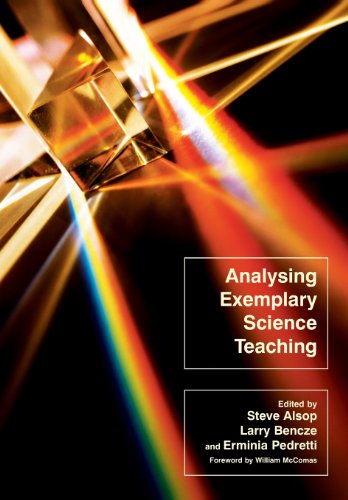

Most ebook files are in PDF format, so you can easily read them using various software such as Foxit Reader or directly on the Google Chrome browser.
Some ebook files are released by publishers in other formats such as .awz, .mobi, .epub, .fb2, etc. You may need to install specific software to read these formats on mobile/PC, such as Calibre.
Please read the tutorial at this link: https://ebookbell.com/faq
We offer FREE conversion to the popular formats you request; however, this may take some time. Therefore, right after payment, please email us, and we will try to provide the service as quickly as possible.
For some exceptional file formats or broken links (if any), please refrain from opening any disputes. Instead, email us first, and we will try to assist within a maximum of 6 hours.
EbookBell Team

0.0
0 reviews "Provides an important new twist on one of the enduring problems of case-based learning... This is a book that deserves careful reading and re-reading, threading back and forwards from the immediate and practical images of excellence in the teachers’ cases to the comprehensive and scholarly analyses in the researchers’ thematic chapters."
Professor William Louden, Edith Cowan University, Australia
Through a celebration of teaching and research, this book explores exemplary practice in science education and fuses educational theory and classroom practice in unique ways.
Analysing Exemplary Science Teaching brings together twelve academics, ten innovative teachers and three exceptional students in a conversation about teaching and learning. Teachers and students describe some of their most noteworthy classroom practice, whilst scholars of international standing use educational theory to discuss, define and analyse the documented classroom practice.
Classroom experiences are directly linked with theory by a series of annotated comments. This distinctive web-like structure enables the reader to actively move between practice and theory, reading about classroom innovation and then theorizing about the basis and potential of this teaching approach.
Providing an international perspective, the special lessons described and analysed are drawn from middle and secondary schools in the UK, Canada and Australia. This book is an invaluable resource for preservice and inservice teacher education, as well as for graduate studies. It is of interest to a broad spectrum of individuals, including training teachers, teachers, researchers, administrators and curriculum coordinators in science and technology education.